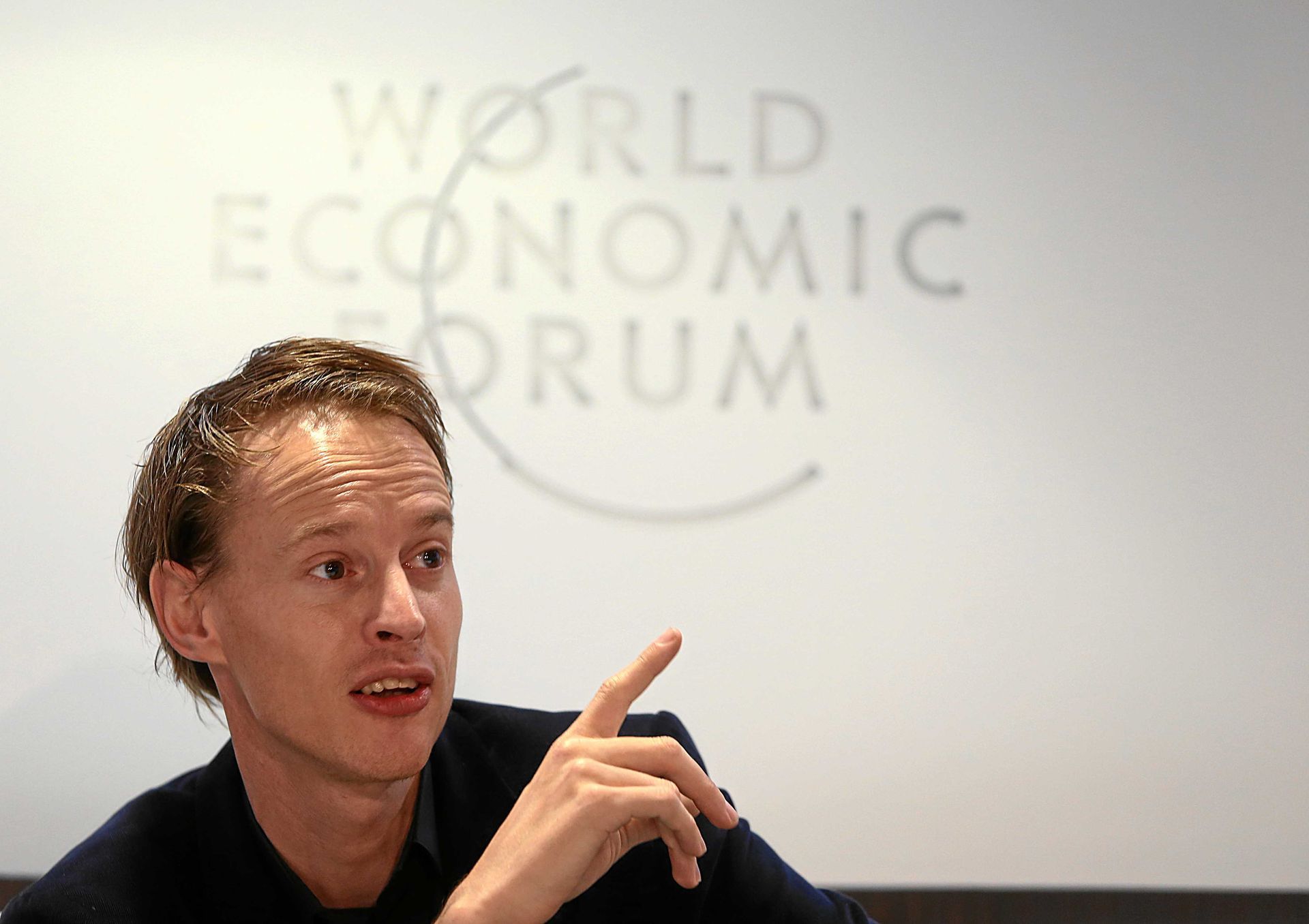
Blue Tears, courtesy Tucson Museum of Art
Patricia Carr Morgan: “It’s about a personal loss, and throughout the exhibition, a clock is ticking.“
Tucson-based conceptual artist Patricia Carr Morgan has dedicated the past decade to capturing the fragile glacial landscapes of Antarctica and Greenland, a journey that began with a reluctant trip in 2013 and evolved into a profound connection with these icy, remote environments. Her work explores themes of beauty, loss, and the pressing reality of climate change, transforming personal experiences into compelling visual narratives through her decade-long project “I love you don’t leave me.” This series, realized through photography, performance, and immersive installations, employs unconventional materials like coal and expired film to reflect the interplay of realism and abstraction, symbolizing degradation and the passage of time.
A recent collaboration with glaciologist Dr. Jack Holt has seen her examine the Malaspina and Hubbard glaciers in Alaska, integrating scientific data with artistic interpretation to underscore her ongoing commitment to raising climate change awareness. Her works, including the installation “Blue Tears” debuted at the Tucson Museum of Art in 2024 and slated for a traveling exhibition, are represented in prestigious collections such as the Tucson Museum of Art and the University of Arizona Museum of Art, with a forthcoming presentation at the Wienholt Projects’ High Desert Art Fair in Pioneertown, California, in 2025. This body of work transcends aesthetic experience, serving as a call to action.
————-
August 29, 2025

Malaspina Glacier, Alaska, 2024, courtesy of the artist
AM: You describe your first encounter with the glaciers of Antarctica as “love at first sight”, and your work “I love you don't leave me” is imbued with an awareness of loss. How did this personal relationship with the ice end up shaping your artistic practice?
Patricia Carr Morgan: For a long time, I had wanted to do a project about climate change but I hadn't decided on a path to follow. Since I live in the Sonoran Desert, the changes in the climate around me would have been the most likely direction for me to explore. When the opportunity to visit Antarctica arose, I had no idea it would be a transformative experience. The beauty of the unending whiteness and the many hues of blue captivated me. The days shrouded in mist, revealing only a splash of black rock, were mysteriously enticing. Wildlife was plentiful, and I was continuously photographing all of it from the bow of the ship, a Zodiac boat, or on land.
It wasn't until I was home that I realized these would be the basis for my climate change project. I familiarized myself with the material by printing it in color, black-and-white, and on various papers and materials, all the while considering how I would utilize them to build an installation. Lastly, I tested translucent fabrics. Some had the wrong amount of translucence, or they wouldn't fall the way I wanted, or they would "rest" too flat. Proofing everything was an interesting part of the project.

Hubbard Glacier, Alaska, 2024, courtesy of the artist

Blue Tears, courtesy Tucson Museum of Art

Blue Tears, courtesy Tucson Museum of Art
“When I think of global warming, I think of the passage of time, and, as a photographer, the impact of time and temperature on film comes to mind.“
In your series “I love you don't leave me”, you use expired film and charcoal pigments to depict the transience of glaciers. What do you hope to trigger in the viewer with this choice of material?
When I think of global warming, I think of the passage of time, and, as a photographer, the impact of time and temperature on film comes to mind, so expired and sometimes abused film was what I thought of first. It's an ideal metaphor for what's happening: the changes vary depending on the amount of abuse and the brand, just as some geographic locations have more ocean rising than others and some glaciers are melting faster than others. The Perito Moreno Glacier in Argentina appeared to be the only glacier to grow and recede at the same rate every year, but since 2020, it is also showing signs of retreat.
The coal I used for these images is from a working Pennsylvania coal mine and are the small particles that fell to the ground. They partially obscure the image while adding a seductive sparkle to the lightly sanded surface. With all of these, I hope to prompt conversation about global warming, create thoughtfulness that will translate into concern and action.
“It’s about a personal loss, and throughout the exhibition, a clock is ticking.“
Your installation “Blue Tears”, in which glacier images on silk organza slowly glide to the ground, is very poetic. How can the aesthetic beauty of this work be balanced with the painful reality of glacier loss?
Beautiful art and loss can evoke a sense of vanitas, but this is not meant to evoke an intellectual loss. This is about a delicate beauty and loss. The seventeen-foot height of Blue Tears is intended to capture the viewer's attention and establish a connection. They walk around the installation, look between and through the layers, lean over for a better look at what has already fallen.
It is about a gradual loss. One we see progressing. It’s not about a loss thousands and thousands of miles away; it’s about a personal loss, and throughout the exhibition, a clock is ticking.
“Again, I’m striving for the viewer to have a personal relationship with the installation as they walk through it and to be inspired in a lasting way.“
How did your collaboration with glaciologist Dr. Jack Holt on the Malaspina and Hubbard glaciers come about? What can art achieve where science reaches its limits?
An interested curator introduced us to each other, and we were there last summer working on the project, which includes the Malaspina Glacier (the world’s largest piedmont glacier) and the Hubbard Glacier. They are near the village of Yakutat, Alaska, whose Indigenous ancestors migrated across them centuries ago to escape earthquakes. We're both excited about this project, as art can be presented in venues that don’t usually offer scientific information. Even though Blue Tears had no scientific information, it was natural that climate change awareness increased among visitors, and as the docents discussed the exhibition with schoolchildren.
In this project, I’ll include some scientific equipment and its associated sounds, as well as explanatory information written by the scientist. Again, I’m striving for the viewer to have a personal relationship with the installation as they walk through it and to be inspired in a lasting way.
“The term "embodied cognition" emphasizes the significance of the viewer's movement and position of their body in cognitive experiences“
Your installations are intended to invite us to reflect on our moral obligation towards the future of our planet. How do you define the role of art in confronting the climate crisis, and to what extent do you see your work as a call to action?
My work draws attention to the issue, which helps move it to the forefront of an individual's concerns. Even in local areas, high temperatures and severe flooding have increased to the extent that it is difficult for people to deny that things are changing, and they are more interested in information.
The term "embodied cognition" emphasizes the significance of the viewer's movement and position of their body in cognitive experiences and how it influences the way the viewer experiences things. The physical participation of the viewer has always been important to me, and I believe it makes the experience of Blue Tears more personal, memorable, and more likely to inspire action in the future.

Ice, Greenland & Antarctica, courtesy of the artist

Patricia Carr Morgan, courtesy of the artist
TOP STORIES
DÜSSELDORF
Dr Bastian Fleermann: ‘From the first to the very last day in Düsseldorf, there was resistance from very courageous men and women, from very different directions.’
_____________
ENVIRONMENT
007: Who is Paul Watson and why was he arrested?
_____________
FREEDOM OF SPEACH
Julian Assange und die Pressefreiheit. Eine kleine Chronik (DE)
_____________
DÜSSELDORF OPERA
The surprising switch of course
_____________
PHOTOGRAPHY
Without censorship: World Press Photo publishes the regional winners of the 2024 photo competition
_____________
FLORENCE
_____________
April 2024
DÜSSELDORF
Controversy surrounding the Düsseldorf Photo Biennale
_____________
WAR
March 2024
_____________
ISRAEL
November 2023
_____________
ENGLISH CHRISTMAS
10 years of Glow Wild at Kew Wakehurst.
October 2023
_____________
TRIENNALE MILANO
Pierpaolo Piccioli explains his fascination with art.
_____________
NEW MUSEUMS
29 May 2023
_____________
NEW MUSEUMS
is coming in big steps.The Bernd and Hilla Becher Prize will be awarded for the first time.
19 May, 2023
_____________
VISIONS, ARCHITECTURE
MARCH 10, 2023
_____________
CHECK THE THINGS YOU WANT TO THROW AWAY
HA Schult's Trash People at the Circular Valley Forum in Wuppertal on 18 November 2022.
NOVEMBER 19, 2022
_____________
THE OPERA OF THE FUTURE
Düsseldorf, capital of North Rhine-Westphalia will receive the opera house of the future.
FEBRUARY 15, 2023
_____________
FLORENCE
The extraordinary museums of Florence in 2023.
JANUARY 1, 2023
_____________
DÜSSELDORF
DECEMBER 11, 2022
RELATED TALKS










